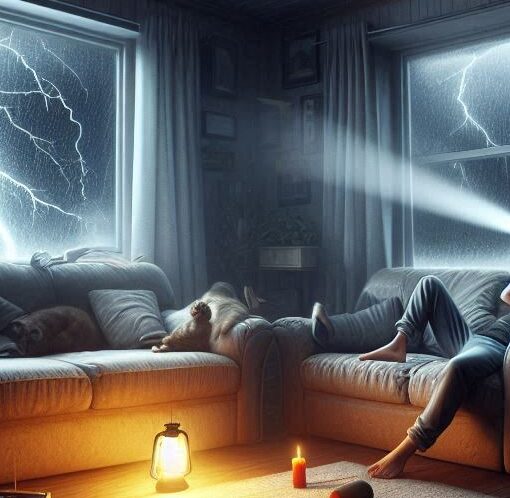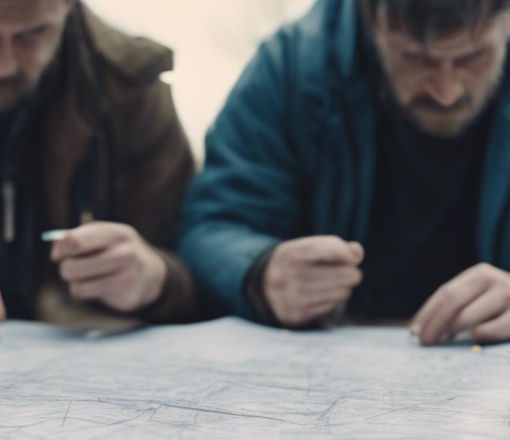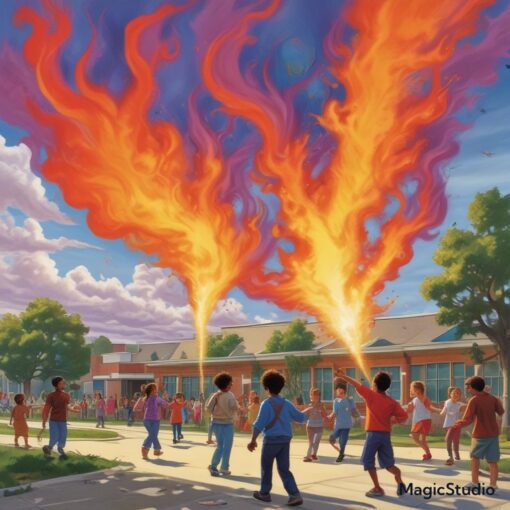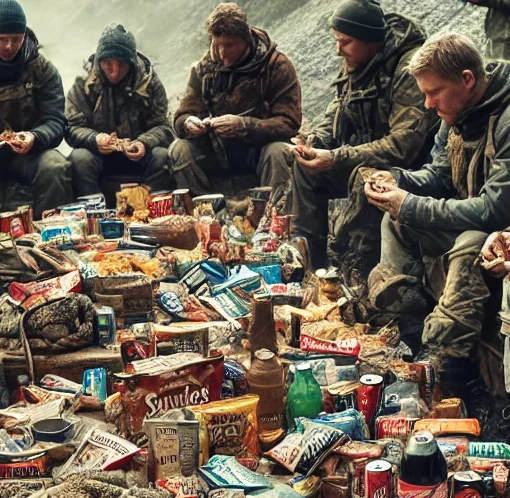So, you’re thinking about getting into prepping, huh? Maybe you saw a movie where people were completely unprepared for the end of the world, or perhaps you’ve just realized that the weather these days seems to have a flair for the dramatic. Either way, you’re here now, and that’s what counts. Let’s break down the basics of disaster prep in a way that won’t make your head spin or your eyes glaze over.
What Happens When Stuff Hits the Fan?
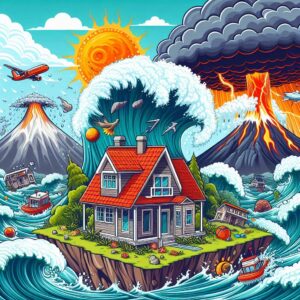 Imagine this: You’re minding your own business when suddenly, nature decides to throw a tantrum. The skies get all stormy, or maybe the ground does the hula, and next thing you know, you’re smack in the middle of a disaster. What now? Here’s the deal:
Imagine this: You’re minding your own business when suddenly, nature decides to throw a tantrum. The skies get all stormy, or maybe the ground does the hula, and next thing you know, you’re smack in the middle of a disaster. What now? Here’s the deal:
Evacuations Happen: Sometimes, you’ve got to get out of Dodge. Make sure you can lock up your place quickly because leaving your front door wide open is a free invite to anyone with sticky fingers.
Supermarkets Turn into War Zones: The moment disaster strikes, everyone suddenly needs canned beans and water like they’re the last people on Earth. If you don’t want to be left with the last can of mystery meat, stock up beforehand.
Roads Can Get Messy: Highways might turn into parking lots or even worse, become completely unusable. Make sure you’ve got what you need at home if your car’s not going anywhere (more on this later).
Your Home Could Take a Hit: Whether it’s a flood, fire, or an earthquake that’s got a grudge, your house might not come out unscathed. Keep your emergency stash in a place that’s safe but easy to grab if you’ve got to hightail it out of there.
Getting Trapped Inside: Earthquakes don’t exactly knock first. If you find yourself stuck inside, make sure you’ve got a phone or something handy to call for help. Also, a little habit of keeping your phone charged might just save your bacon.
Looting Isn’t Just in Movies: If things go south for long enough, some people might forget their manners. Be ready to defend what’s yours and plan your escape routes like you’re in a spy movie.
How to Get Ready Without Losing Your Mind
The first thing you’ve got to do is a bit of thinking—like, where do you live, and what’s the worst that could happen? No need to imagine a zombie apocalypse; just consider your local weather and landscape.
Mountains nearby? Probably safe from tsunamis, but maybe not from landslides. Living in the boonies? Don’t count on running to the store for milk if something big happens.
What Should You Have on Hand?
Here’s the fun part: building your emergency kit. Think of it as the ultimate scavenger hunt where the prize is not having to eat stale crackers for a week.
Medical Stuff: People get hurt during disasters, and not just from tripping over their own feet. Keep a solid first aid kit ready. Here’s a quick checklist:
Band-Aids (all shapes and sizes, because boo-boos don’t come in one size)
Gauze dressings (for when Band-Aids just won’t cut it)
Sterile gloves (you don’t want to add “infection” to your list of problems)
Painkillers (because ouch)
Antiseptic cream (germs are gross)
Regularly check that your meds aren’t expired. If they are, either replace them or research if they’re still good past the date—some things don’t go bad overnight, but you didn’t hear that from me.
Water: You’re going to need enough water for at least three days, and that’s just for drinking. Collecting rainwater is cool, but remember to boil and filter it, especially if it’s coming off the roof where the neighborhood pigeons like to hang out.
Food: Eating canned tuna every day sounds like a punishment, so stock up on a variety of non-perishables. You’ll need about 2,500 calories a day, per person, to keep everyone from getting hangry. Keep the food rotation going, and please, only buy stuff you’d actually eat.
Prepping Your Prep
 Before you get too comfy, double-check that your stash is in order. Set a schedule to rotate supplies so nothing expires on you. Canned goods usually last a while, but there’s no need to hoard 10-year-old beans unless you’re into that sort of thing.
Before you get too comfy, double-check that your stash is in order. Set a schedule to rotate supplies so nothing expires on you. Canned goods usually last a while, but there’s no need to hoard 10-year-old beans unless you’re into that sort of thing.
Emergency Food First: If the power’s out, start with the fresh stuff, then move on to frozen, and finally, hit up your emergency stash. Know the safe temperature zones for perishable food because nobody wants food poisoning on top of everything else.
When It’s All Over
Once the dust settles, restock your supplies with what you liked and ditch what you didn’t. If you hated canned spinach before the disaster, you’re definitely not going to develop a taste for it afterward.
Extra Tips for Your Emergency Menu
Don’t forget the kiddos and pets—they have special needs too.
Vinegar-based condiments like ketchup and mustard have long shelf lives, so stock up.
Stash away some treats because a bit of sweetness can go a long way during stressful times.
Lastly, make sure you’ve got a way to cook if the power’s out. A portable gas stove or barbecue can save the day. And don’t forget, if you’re filtering water, boiling alone won’t get rid of heavy metals—so invest in a good filter.
So there you have it—disaster prepping in a nutshell. It’s not about being paranoid; it’s about being smart. After all, it’s better to be the person who’s ready for anything than the one who’s fighting over the last can of beans at the store.

